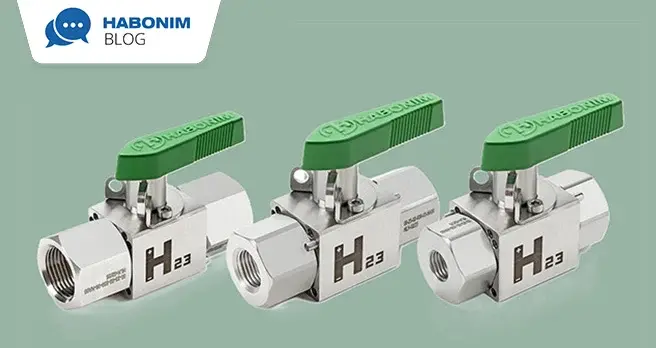LNG terminals are the essential beating heart of LNG operations. They crucially reduce carbon emissions compared to coal and oil. This positions LNG as a key player in transitioning to a more sustainable energy landscape. This blog delves deeper into the world of LNG terminals.
What is Liquefied Natural Gas (LNG)?
Liquefied Natural Gas (LNG) is natural gas (mostly Methane CH4) commonly used for decades in the energy industry. The vast worldwide infrastructure has made LNG the more popular energy source in the last couple of years. It is serving as a connecting link between the fossil fuel-driven world and the sustainable, zero-emissions world and is countable to up to 40% less carbon dioxide emissions than coal and an estimated 20% less than oil.
What about LNG Terminals?
An LNG terminal is the hub for managing liquefied natural gas (LNG) import and export, playing a crucial role in the global energy supply chain.
As the LNG state takes up to 1/600 of space compared to its gaseous state, natural gas is cooled down to -162°C (−260°F) after production and purification in liquefication terminals. Then, it is transported by ships (or trains inland) to its destination, where it will be re-gasified and compressed in a regasification terminal. From there, it will be, in most cases, transported by pipes to its end-use point.
What kind of expenses are associated with these operations?
LNG establishment terminals require heavy capital investment, typically ranging from $500 million to $2 billion per project.
The cost of pipelines and valves can vary significantly in LNG terminal projects, depending on the project's specific scope, size, and complexity. However, pipelines and valves typically account for a substantial portion of the total cost of an LNG terminal.
Estimates suggest that pipelines and valves can collectively represent 20-30% of the total capital cost of an LNG terminal. However, this percentage can vary based on specific project details like the design, location (onshore vs. offshore), and the extent of integration with other infrastructures.

What infrastructure and piping system components are required?
Pipelines: Pipelines are a major cost component, particularly if the terminal requires extensive on-site piping to connect storage tanks, processing facilities, and shipping berths. Offshore pipelines, if needed, can further increase the cost.
Valves: Valves are critical for controlling the flow of LNG, ensuring safety, and managing pressure. Given the need for precise control in cryogenic conditions, they are numerous in an LNG terminal.
Eliminating pipe redundancy (using bidirectional valves to enable unloading and offloading in the same line) can dramatically reduce CAPEX.
Another way to reduce CAPEX is to keep the pipe’s diameter as small as possible while maintaining flow rate requirements. This can be achieved by choosing the right type of valves that can support the required flow rates in a smaller flow cross-section compared with other available solutions.
Habonim's Case Study
In 2021, a new LNG terminal was commissioned in Northern Latin America to support customers in North and South America. The terminal is transloading LNG from a larger carrier vessel directly into ISO storage containers on an offshore support vessel. Back at the terminal, the ISO containers are offloaded from the support vessel onto a truck chassis using a port crane and then trucked to customer sites.
This type of project requires a wide variety of valve requirements and certifications; with its broad, certified portfolio, Habonim was able to support the LNG flow management throughout the process. Habonim's unique marine-type approved cryogenic valves were commissioned on the offshore carrier vessel, cryogenic valves supported the on-site liquefication facility, process valves, and shut-off valves placed along the system. Included are Fire Block Valves (FBV) valves specifically designed for ISO tanks, ensuring super-fast reacting shut-down actuated valves specifically designed to meet regulation requirements.
Habonim's wide support throughout the entire terminal simplified operational service and reduced inventory complexity and its associated costs.

Partial list of standards required in the project:
- ISO 9001:2015
- CE PED 2014/68/EU (Module H)
- ATEX 2014/34/EU
- API SPEC Q1: 2013
- TPED 2010/35/EU and TPE - CDG 2009 – for specific product lines
- IEC 61508-2:2010 (SIL 2 / 3) – for specific product lines
- SIL IEC 61508-1,2,2010/35/ EU – for specific product lines
- Design, testing, and inspection according to BS 6364:1984 (amendment 3)
- Testing EN 14432:2014
Habonim’s proprietary Total HermetiXTM Integrity Package ensures zero fugitive emissions throughout the valve’s life span.
Habonim’s ASME B16.34 ball valve design is available for any connection type and in a size range between ½” to 14”.
Habonim’s LNG product line offers unidirectional and bidirectional valves for Class #150 (over 2½”) and Class #300, as well as Emergency Shutoff Device (ESD) valves, available with multiple operation mechanisms e.g., fuse, manual, or pneumatic activation.
For expert insights and tailored consultation on your specific LNG terminal application needs, visit Habonim's website and consult our experienced team. Let us help you navigate the complexities of LNG terminal projects and maximize efficiency in your operations.








